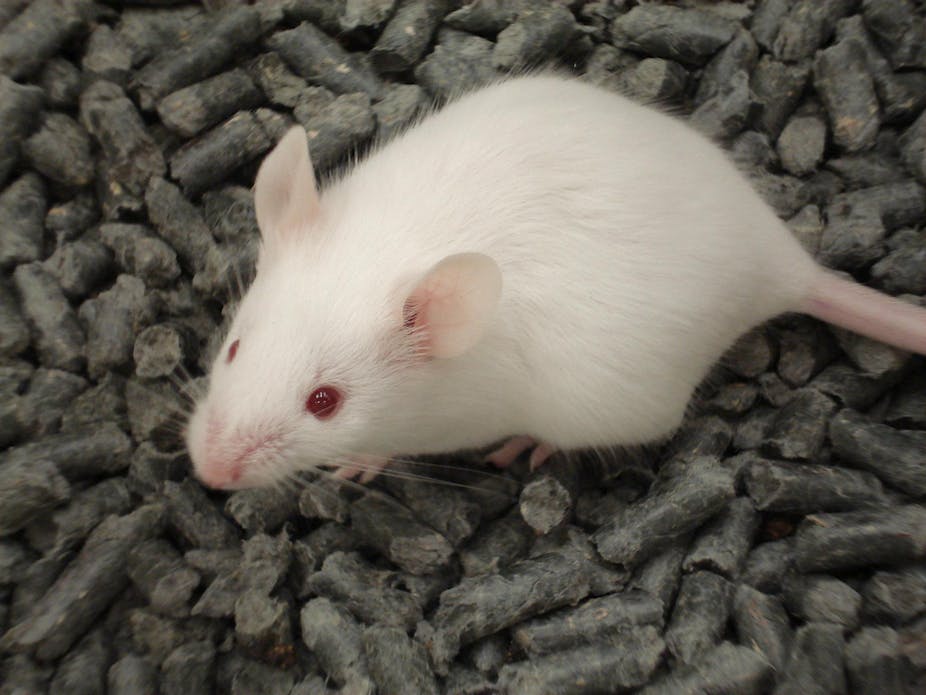For the first time, scientists have been able to fix a genetic liver defect in tests on mice using stem cells created from human skin, marking a potential major breakthrough in the repair of genetic disorders.
In the latest edition of Nature, the UK researchers describe how they first took some human skin cells from people with a protein deficiency liver disorder called Alpha1 Anti-Trypsin Deficiency and reprogrammed them to behave like stem cells, which can be used to grow any type of cell in the body. The cells created using this ‘reprogramming’ technique are called induced pluripotent stem cells (iPSCs).
The iPS cells were then “corrected” genetically to remove the liver defect, and implanted into the livers of mice, where they grew normally without any sign of the protein deficiency present in the humans the cells were sourced from.
“This is the first demonstration, to our knowledge, of the generation of mutation- corrected patient-specific iPSCs, which could realise the therapeutic promise of human iPSCs,” the UK researchers wrote in their paper.
Revolution in medicine
Dr Bryce Vissel, Head of Research into Neural plasticity and Regeneration at the Garvan Institute of medical research said the study “offers enormous hope for recovery for people suffering from genetic disorders.”
“We are on the edge of a revolution in medicine – regenerative medicine – that could help people worldwide,” he said.
“The study demonstrates for the first time that it is possible to take skin cells from a person with a genetic liver disorder, turn those skin cells into stem cells (called iPSCs) and then fix the genetic defect,” he said, adding that it showed it may be possible to repair not only genetic liver defects but also many other types of genetic disorders.
However, Dr Vissel cautioned that the study had only shown results in mice and that much more research was needed before the technology could be applied to humans.
Dr William Sievert, Director of the Gastroenterology and Hepatology Unit at Monash University said being able to fix Alpha1 Anti-Trypsin Deficiency with just iPS cells would be a vast improvement over current treatment, which can require a whole liver transplant.
“So this is a giant first step to treating this important genetic disease with cells (rather than an entire liver) that will continue to grow in the patient without the need for drugs to prevent rejection, since they came from the patient in the first place,” he said.
Adapting the breakthrough for use on humans would require stringent clinical trials and finding ways to overcome hurdles such as understanding the long term effects of the technique, how to make enough cells to treat a person, working out what age to start treatment and determining how long the cells will continue to function, he said.
“If these questions can be answered, then someday people with serious liver damage from other causes, such as viruses, alcohol or obesity, might benefit from this process of making skin cells into functional liver cells that could support or even regenerate a damaged liver, rather than having to replace it.”

